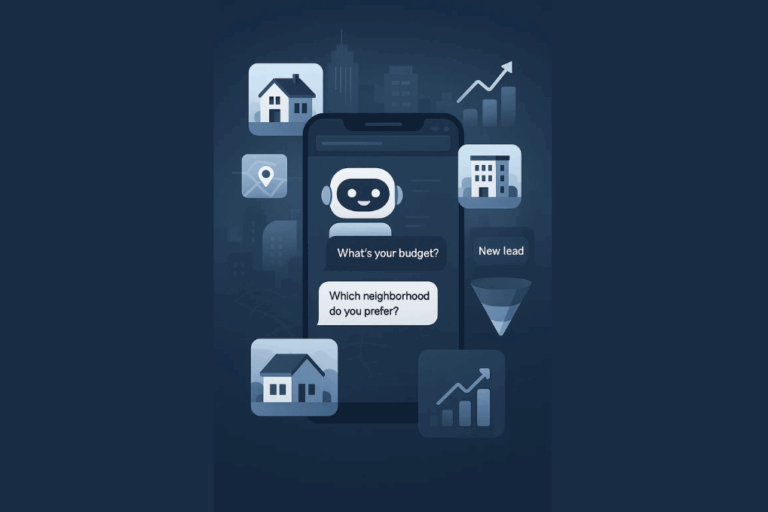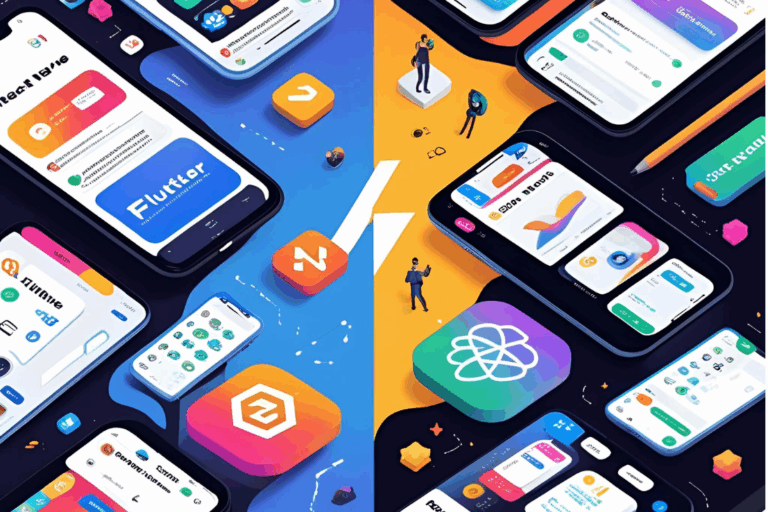Test-Driven Development (TDD) in App Projects: Best Practices
In high-speed product environments, quality often gets sacrificed for speed. But as teams scale and codebases grow, skipping testing leads to brittle apps, increased technical debt, and rising maintenance costs. That’s where Test-Driven Development (TDD) becomes a game-changer.
At Techo Lab, we help teams implement TDD not as an afterthought but as a core development approach—especially in app projects where stability, agility, and speed are equally critical.
In this article, we’ll cover what TDD is, why it works, and the best practices that make it successful in real-world app development.
What Is Test-Driven Development (TDD)?
The software development methodology known as Test-Driven Development (TDD) involves creating tests prior to writing the real code. The TDD cycle is straightforward but effective:
- Write a test that fails for a small functional unit.
- Write as little code as necessary to pass the test.
- Refactor the code while maintaining the green status of every test.
Red → Green → Refactor is a cycle that compels developers to create only what is necessary, with measurable results and explicit expectations.

The Significance of TDD in App Development
App projects change quickly. Weekly UI upgrades, API expansions, and feature changes occur. Every change becomes dangerous if there is insufficient test coverage. TDD instills confidence and structure in this setting.
We use TDD in Techo Lab app builds for the following reasons:
- Improved Quality of Code
Clarity on requirements is forced by writing tests first. Instead of writing convoluted logic, you write focused, modular functions. - A reduction in production bugs
TDD establishes a buffer. Problems are discovered during development rather than after launch, when errors are more expensive. - Quicker Refactoring
Later, is it necessary to alter the logic? Your tests become instant checks that nothing else fails when you use TDD. - Enhanced Self-Belief of Developers
Particularly for teams managing frequent releases, TDD encourages clearer interfaces and lessens the risk of breaking things.
TDD in Practice: How Techo Lab Uses It
We include TDD into our team workflows and CI/CD pipelines rather than merely using it as a theoretical exercise.
We use TDD on actual projects in the following ways:
- Start with unit tests, paying particular attention to the API and business logic layers.
- For external dependencies, such as third-party APIs or authentication systems, use fictitious data.
- As the codebase expands, create integration tests to confirm module interaction.
Code doesn’t merge until tests are successful, thus automate testing in CI pipelines. Use tools such as Jest, Mocha, or XCTest to enforce code coverage thresholds.
The TDD approach remains the same whether we’re using Flutter, React Native, or Node.js or Django for backend API development.
Top Techniques for Using TDD in App Development
Here are the best practices we suggest if you’re just starting off with TDD:
- Test Quickly, Test Small
A single responsibility should be the focus of each test. Start with unit tests and steer clear of massive, end-to-end tests early on. - Write Code in a Testable Structure
Decouple components from frameworks (such as Firebase, Redux, or external services) and write only functions. - Refrain from Over-Mocking
Although they are useful, too many mocks might make tests brittle. Achieve equilibrium between actual test coverage and mocking. - Include Testing in the Culture
It is not appropriate for tests to be optional or managed by a different QA team. Everybody has their unique quality. - Make Use of the Proper React Native Tools: For Flutter: test + flutter_test packages For Node.js: Mocha, Chai, or Jest Jest + React Testing Library
For CI: Bitbucket Pipelines, CircleCI, and GitHub Actions
When TDD Isn’t the Best Option
When the team is disciplined and the requirements are comparatively stable, TDD performs well. It’s not always the ideal fit, though:
- Exploratory MVPs: TDD can impede the development of early-stage prototypes whose features change on a daily basis.
- Inadequately scoped features: You cannot develop an effective test for a function if you do not know what it should perform.
- Tight timelines without a test culture: If the team isn’t on the same page about quality from the start, TDD won’t salvage a project.
For this reason, Techo Lab assists startups in determining when to progressively transition toward TDD and where to implement it.
In Conclusion
Test-Driven Development (TDD) is a way of thinking that emphasizes accuracy, quality, and long-term viability rather than merely being a coding approach. Particularly in app projects, where performance and user trust are closely related, TDD can make the difference between brittle systems and scalable growth.
At Techo Lab, we don’t just recommend TDD—we help your teams adopt it strategically, build confidence with every release, and scale your app architecture with quality baked in from day one.





